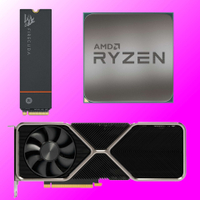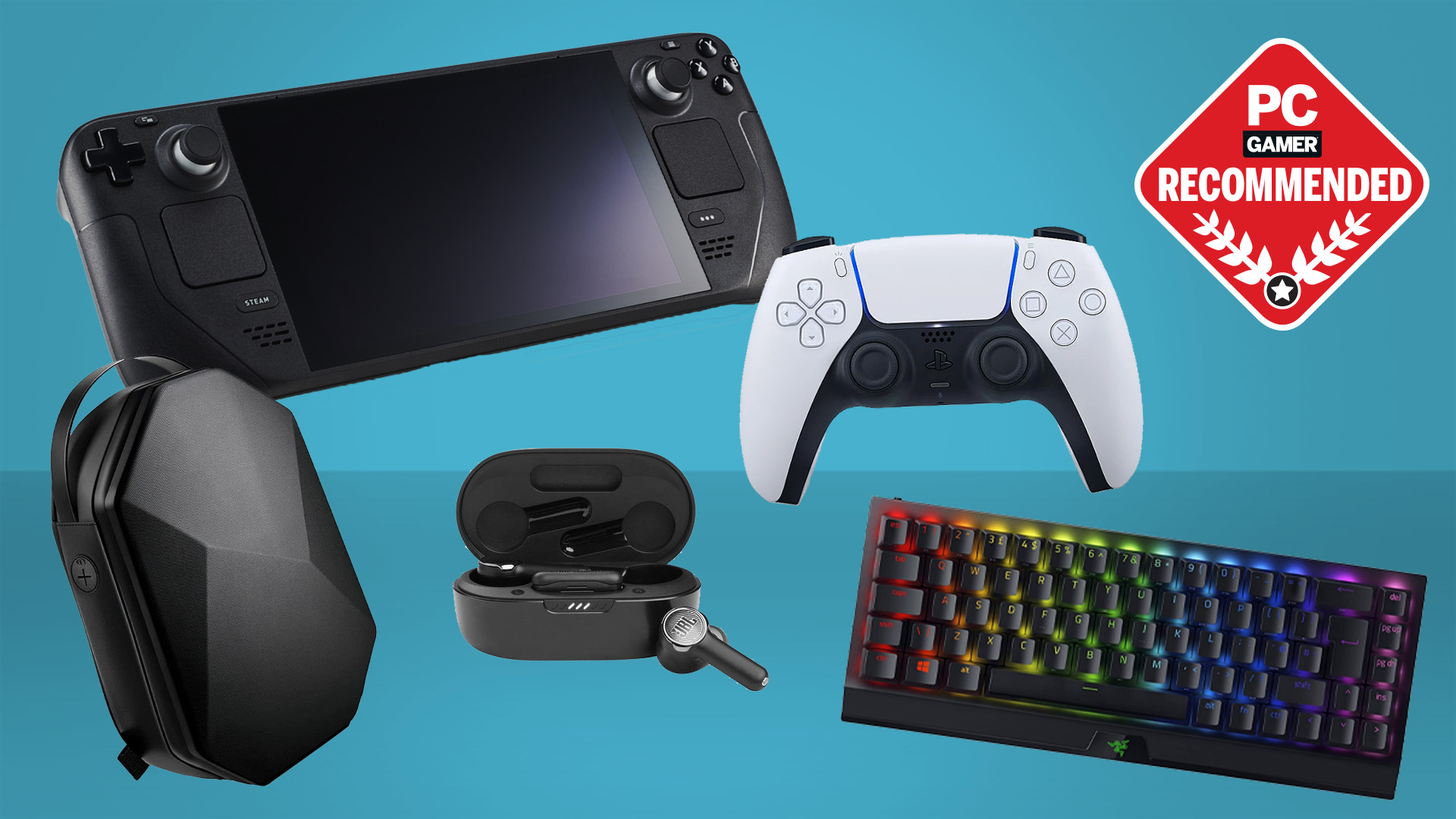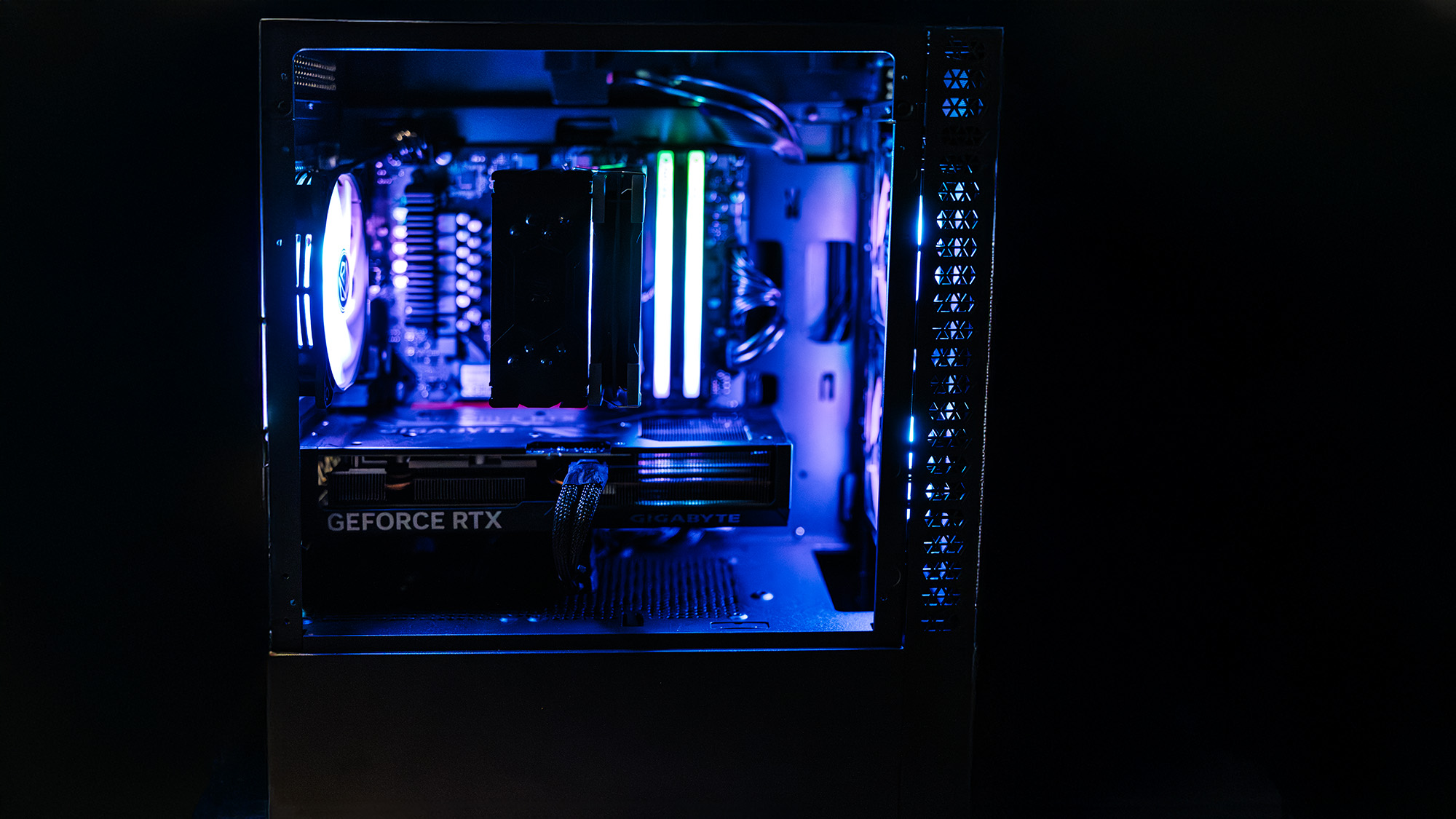What we want from RDNA 4: PCG hardware team reveals hopes and dreams for AMD's next gaming graphics card
Price, price, price, FSR, price, price, price, ray tracing?
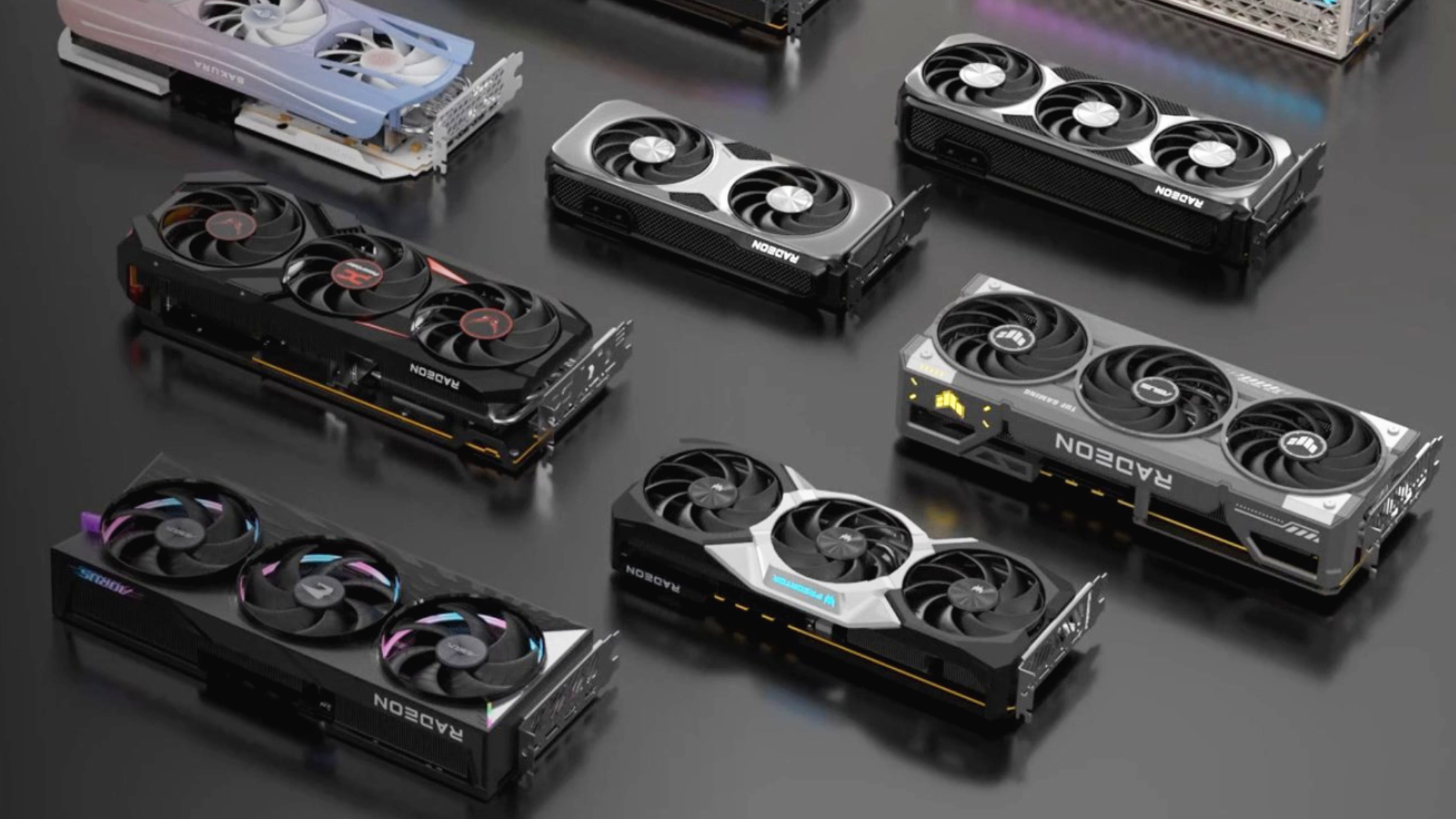
AMD wants to know what gamers are "most excited about in RDNA4." Which has got us thinking. What are we hoping for on PC Gamer? Nvidia is now so dominant, it certainly feels like a strong new generation of GPUs from AMD is more important now than ever.
So here are our thoughts on RDNA 4, is it our last great hope for affordable mid-range PC gaming?
Jeremy L, desiccated pixel peeper
As I've said before, for me pricing is critical. I explained my thinking on this last year, but the short version is that RDNA 4 needs to be priced right from the get go. AMD keeps pricing GPUs too high at launch, getting poor reviews as a result, only to then lower the price a few months later but not make an impact because the PR damage is done.
So, with all that in mind, what I want is a Radeon RX 9070 XT with raster performance up around an RTX 4080 or 5080 (they're near enough the same, after all) plus better RT than RDNA 3 and upscaling at least as good as DLSS 3 (I don't think it's realistic to ask for DLSS 4 quality) and all for $500 maximum. That's probably too much to ask, but it's what I think AMD needs to deliver to make an impact.
Jacob R, forever an optimist
Considering Nvidia's generation-to-generation improvement is likely to get slimmer as more affordable graphics cards in the series are released, AMD does have more of an opportunity to build something competitive with the RX 9070-series than some might think. That's essentially me hoping for some decent performance-per-dollar stats.
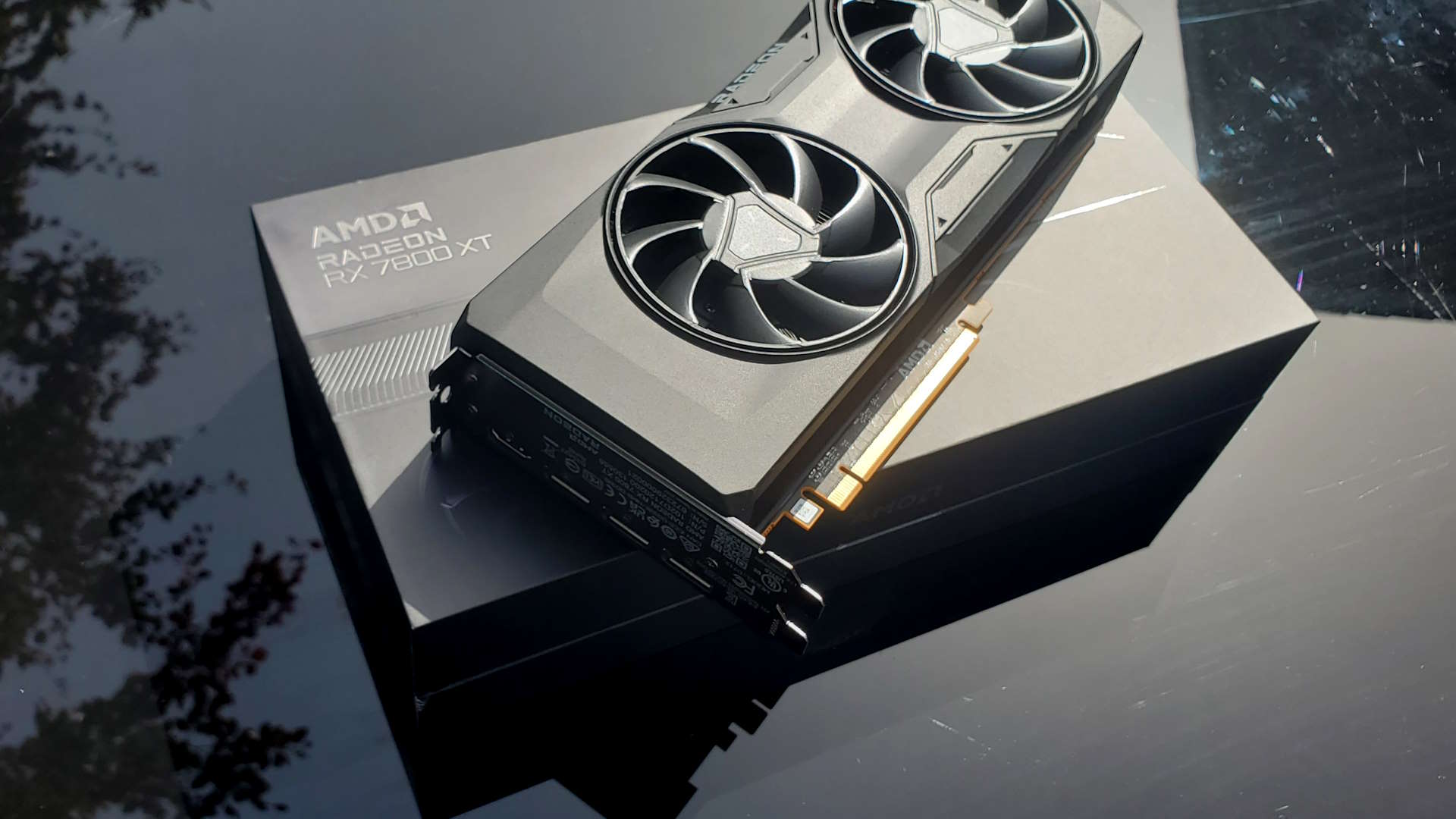
With plenty of VRAM and a competitive price, we might end up with something similar to the RX 7800 XT, or RX 7900 GRE, for value for money, which I'm wholly not opposed to. Heck, maybe even something better altogether. Knowing AMD, these cards will be a little too pricey at launch, but throw in some healthy discounts and a decent FSR 4 implementation, and either the RX 9700 XT or RX 9700 might be a sleeper, mid-range GPU to buy by the end of the year.
Wait, why am I hoping for discounts—Frank, get your darn prices right!
The biggest gaming news, reviews and hardware deals
Keep up to date with the most important stories and the best deals, as picked by the PC Gamer team.
Andy E, hardware botherer
As a long-term FSR user, I'll take anything that can run an enhanced version with better image quality, thanks very much. FSR 3.1 might have made some decent improvements compared to previous iterations, but with the promise of machine learning thrown into the equation, part of me is excited for the potential of a proper DLSS equivalent in the form of FSR 4.
I'll be honest, though, I'm not all that hopeful. Nvidia seems so far ahead of the curve on this one, I doubt we'll be seeing anything quite as powerful as transformer models and Multi Frame Generation bundled with the new cards. Prove me wrong, AMD. You wouldn't be the first.
Dave J, jaded
Talking with both Frank Azor and David McAfee after the CES 2025 non-appearance of the RDNA 4 graphics cards was quite a sobering experience. It was all rather downbeat, as though they'd got wind of what Nvidia was going to do that evening when it announced an RTX 5070 with RTX 4090 performance for $549. Now, that was quickly exposed as just experiential gaming performance when Multi Frame Gen is supported, and not actually a $549 GPU with the rendering chops of an RTX 4090.
Still, it forced the RX 9070 off the table and into a delayed March launch. But cards were already in the hands of retailers and ready to go out to reviewers, but promises of optimisations and more information about FSR 4 abound.
What I want to see now is AMD be aggressive about its desires to really deliver on a gaming GPU for the 4K masses (in reality 4K as a resolution is actually dropping in prominence according to the latest Steam Hardware Survey). I want AMD to deliver against the efficiency promises it's made around the new architecture; it said it was being designed to be straightforward to manufacture and that means it should be available in high volumes and at a great price.
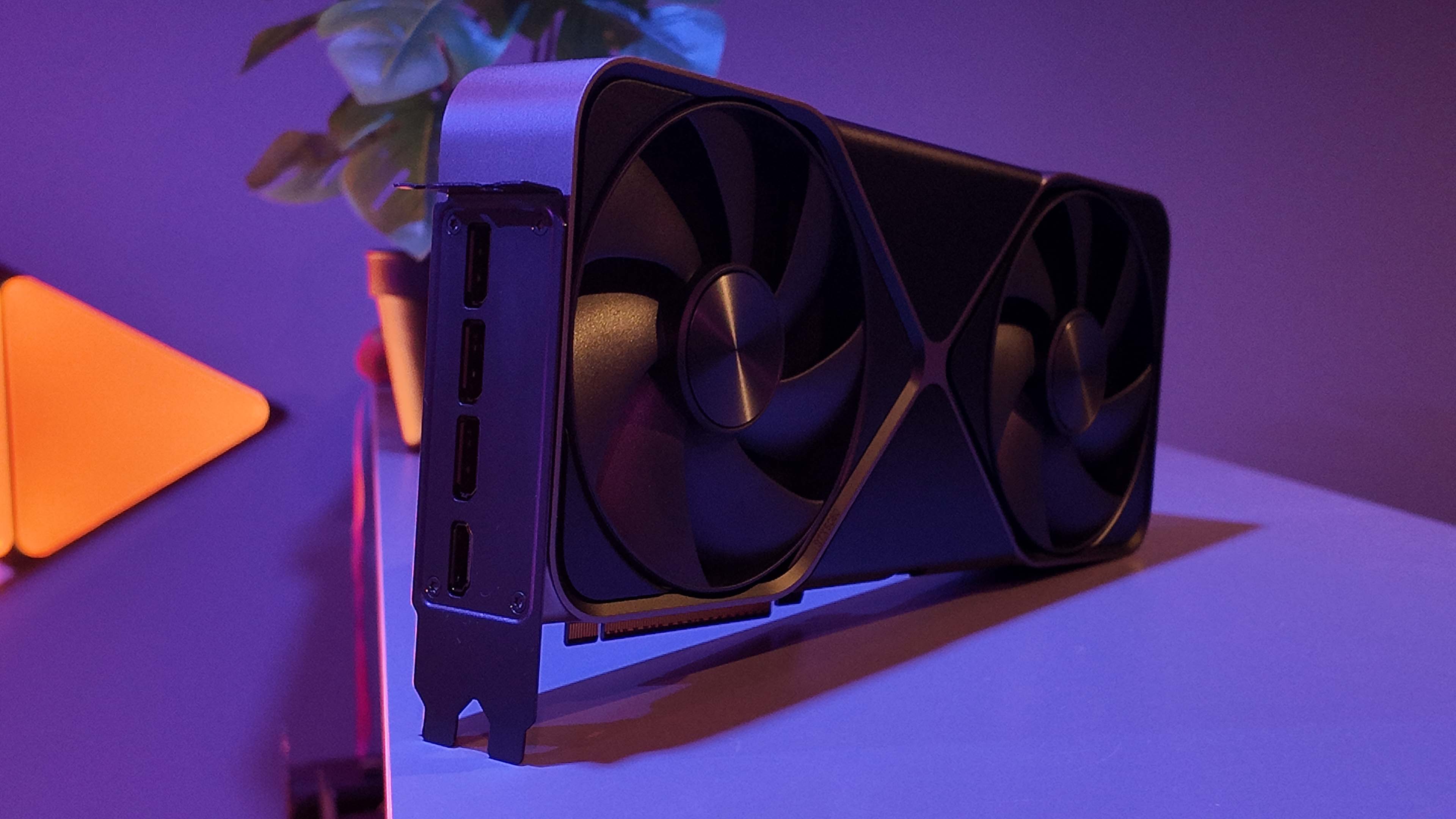
Given that a March release sees AMD able to get even more cards off the assembly line to add to the GPUs that were already in the channel for the missed January reveal, we ought to see a graphics card launch were you can actually buy the cards on offer.
But forget being competitive, let's put it at a price that makes it almost foolhardy to pick the relative Nvidia GPU—which will most likely be the RTX 5070 Ti. Give us that level of raw gaming performance for $499 and it will be hard to argue against.
But if AMD toes Nvidia's line again, pricing its cards a scant few dollars below the Nvidia competition, then again the GeForce feature set is going to come into play and sway many gamers with the promise of higher frame rates. However fake you might consider them to be.
James B, AMD GPU sceptic
I've not spent an extended amount of time with AMD graphics cards but I'd like the excuse to. The thing I'm looking for from RDNA 4 is good value. I don't necessarily want the best tech, and don't think the RX 9070 line is promising that. I just want a reason to not go for Nvidia's 50 line. Better FSR to compete with recent DLSS improvements and a boost to ray tracing would help. Competition in the GPU space is good and I'd like the chance to show that with my wallet.
Jacob F, cloud gazer
All I want from RDNA 4 is something to make me feel justified in splashing the cash on a graphics card again. I haven't had that since Nvidia's RTX 3060 Ti, which I'm still rocking today. It's kept up with all the games I like to play, but it's pushing it a bit, now, in this new RTX-by-default era.
What this means in practice is that I'd like RDNA 4 graphics cards to deliver cheap competition that beats midrange RTX 50-series cards in terms of pure raster performance. I don't even care massively about frame gen, although great frame gen performance would be a nice bonus.
50-series beating rasterisation pound-for-pound and great upscaling in the lower midrange segment—yep, that's about it. I might actually decide to upgrade this GPU generation if that happens.
Nick E, GPU sniffer
What I want from RDNA 4 is certainly not what I'll get, partly because it's not a realistic wish and partly because it's AMD. The fundamental architecture of RDNA 3 is absolutely fine—a good balance between out-right compute ability and gaming performance—but its biggest weakness has been the lack of dedicated hardware support for matrix/tensor operations, something that Intel offered right out of the bag with Alchemist (and Nvidia since Turing in 2018).
I know we're finally getting this in RDNA 4 but it's appearing late in the game, and this will be the first revision of the units in a gaming GPU. Historically, every time AMD has introduced something completely new to its graphics processors, it's either been a wild, left-field choice (HBM with Vega, chiplets with RDNA 3) that ultimately transpires to be an unnecessary move or it's been a stripped-down, simplified approach, such as hardware ray tracing in RDNA 2.
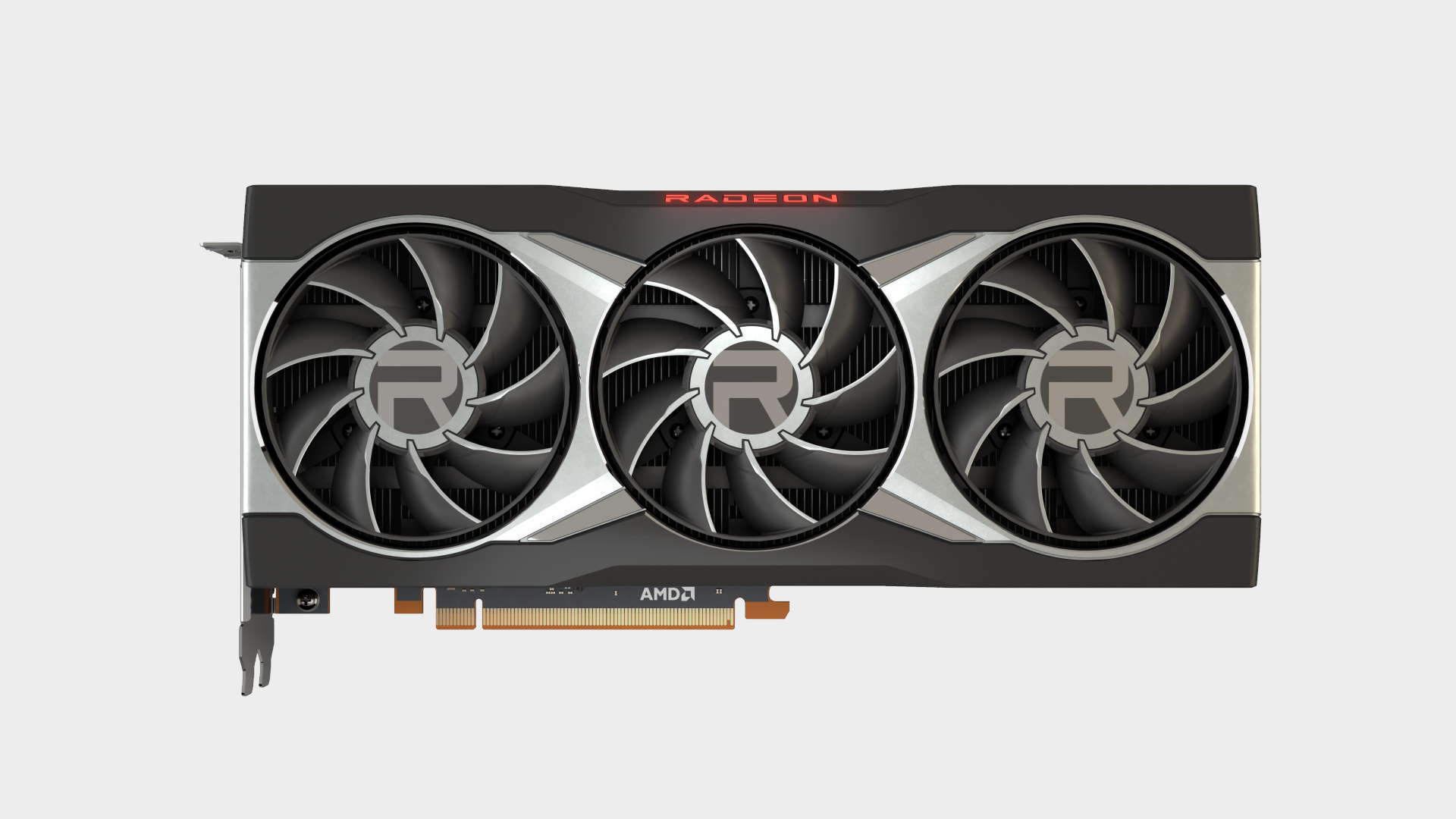
What I'd really like RDNA 4 to offer are compute units that don't have to rely on the driver compiler to correctly implement the dual-issue instructions, to make full use of all the available ALUs; I want to see dedicated hardware for accelerating BVH traversal, rather than doing it through compute shaders; I want to see matrix/tensor cores par with the competition. In short, I want an AMD card that offers the same feature set as Intel and Nvidia, but without a second-place performance.
I don't even care all that much about the price. AMD has been undercutting Nvidia for years but it hasn't made a jot to its share of the discrete GPU market, so if the RX 9070 XT costs $700, for example, then fine. Just as long as it's as good, or better, than the other $700 graphics cards one can buy.
Except it won't be, of course. For some absurd reason, the multi-billion dollar chip business still operates its graphics division like it's a struggling underdog, a plucky team of poor engineers trying their best against the evil behemoths that dominate the industry. RDNA 4 will end up being cheaper than Blackwell, offer the same traditional rendering performance (aka rasterization), but fall behind on features and cutting-edge technology/performance.
And once again, the Team Red faithful will cry 'Just you wait until RDNA 5 comes out, then you'll see!'
It's a wrap
So, there you have it folks. Our desperate hopes and dreams for RDNA 4. It's a popular riff that AMD never misses an opportunity to miss an opportunity with its Radeon graphics, but there's something in my waters that tells me RDNA 4 is going to be different. It's not long now before we find out.
Best CPU for gaming: Top chips from Intel and AMD.
Best gaming motherboard: The right boards.
Best graphics card: Your perfect pixel-pusher awaits.
Best SSD for gaming: Get into the game first.

Jeremy has been writing about technology and PCs since the 90nm Netburst era (Google it!) and enjoys nothing more than a serious dissertation on the finer points of monitor input lag and overshoot followed by a forensic examination of advanced lithography. Or maybe he just likes machines that go “ping!” He also has a thing for tennis and cars.
